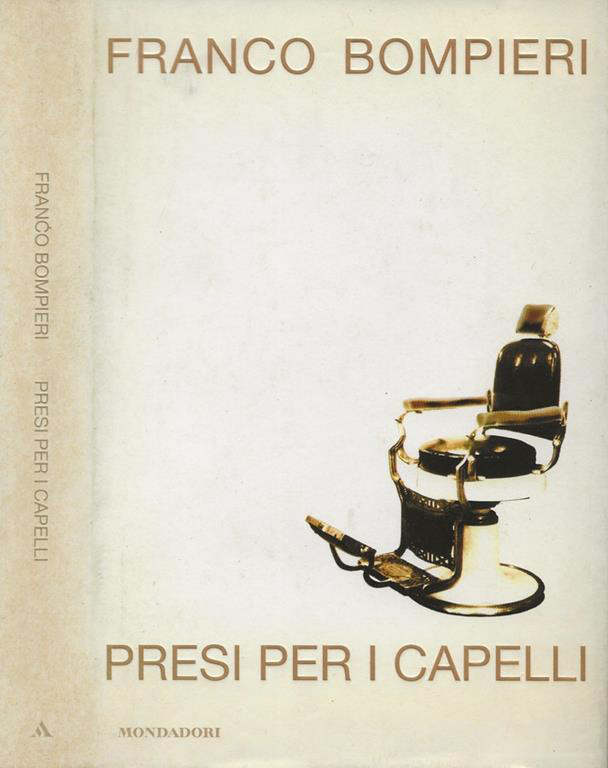Around the mid-1980s, while Milan was establishing itself internationally as one of the capitals of creativity and fashion, Antica Barbieria Colla counted among its customers Franco Moschino, who had recently founded his line and was pointed out by many as a subversive because of his irreverent, ironic and nonconformist style.
“What a shame! The opened the Villa Reale* to present Moschino’s rags” headlined the Corriere della Sera, one of the most prominent Italian newspaper.
Today, Moschino is considered one of the “sacred monsters” of Italian fashion and a precursor of social responsibility thanks to his commitment to the fight against AIDS, the reuse of garments and the enhancement of sustainable collections.
Franco Bompieri, who at that time was his barber, described him like this:

Text taken from Presi per i capelli by Franco Bompieri (Mondadori 2000)
So sweet, so sensitive, so profound in investigating life, Moschino did not claim to be the bearer of great messages and if these emerged, they were the inevitable consequence of his personal commitment to the problems of the world and of the people he realized in his acting.
The conceptual understanding of his work as a stylist, but also as a painter, an excellent painter, certainly had roots in surrealism and tradition of the costume, of the dress, not only Italian. Moschino used to dig into tradition.
One day, while cutting his hair, I asked him: “How is fashion born, your fashion?”
“In the old cemeteries”, he answered, “especially in those of the little mountain villages, where, in the small images of the dead, there is fashion for everyone, even for you: mustache, beards, haircut, images of life, in short, with the evocative power of death“.
*The Villa Reale is a neoclassical palace in the center of Milan, nowadays home to the modern art gallery of the city.

